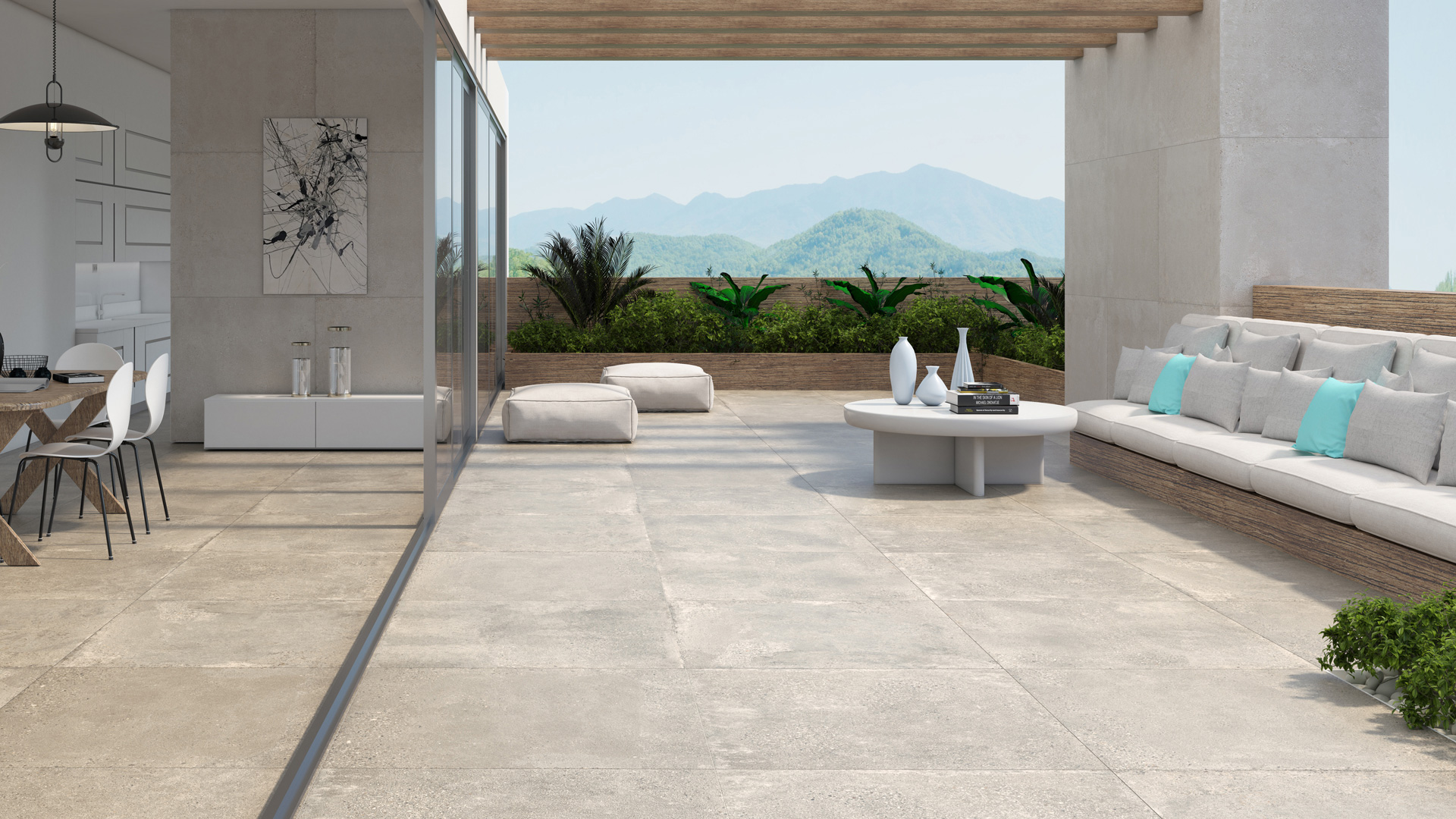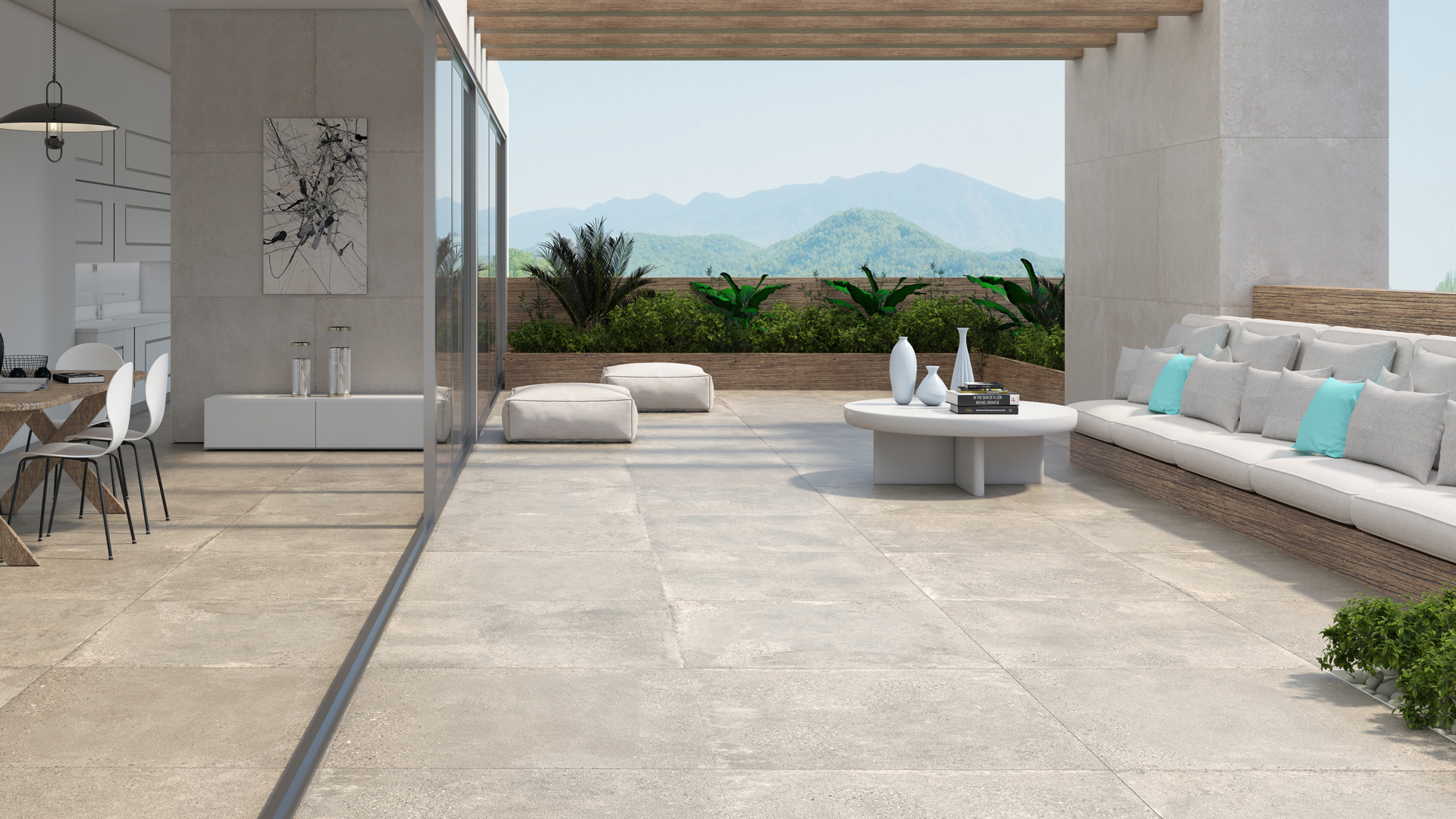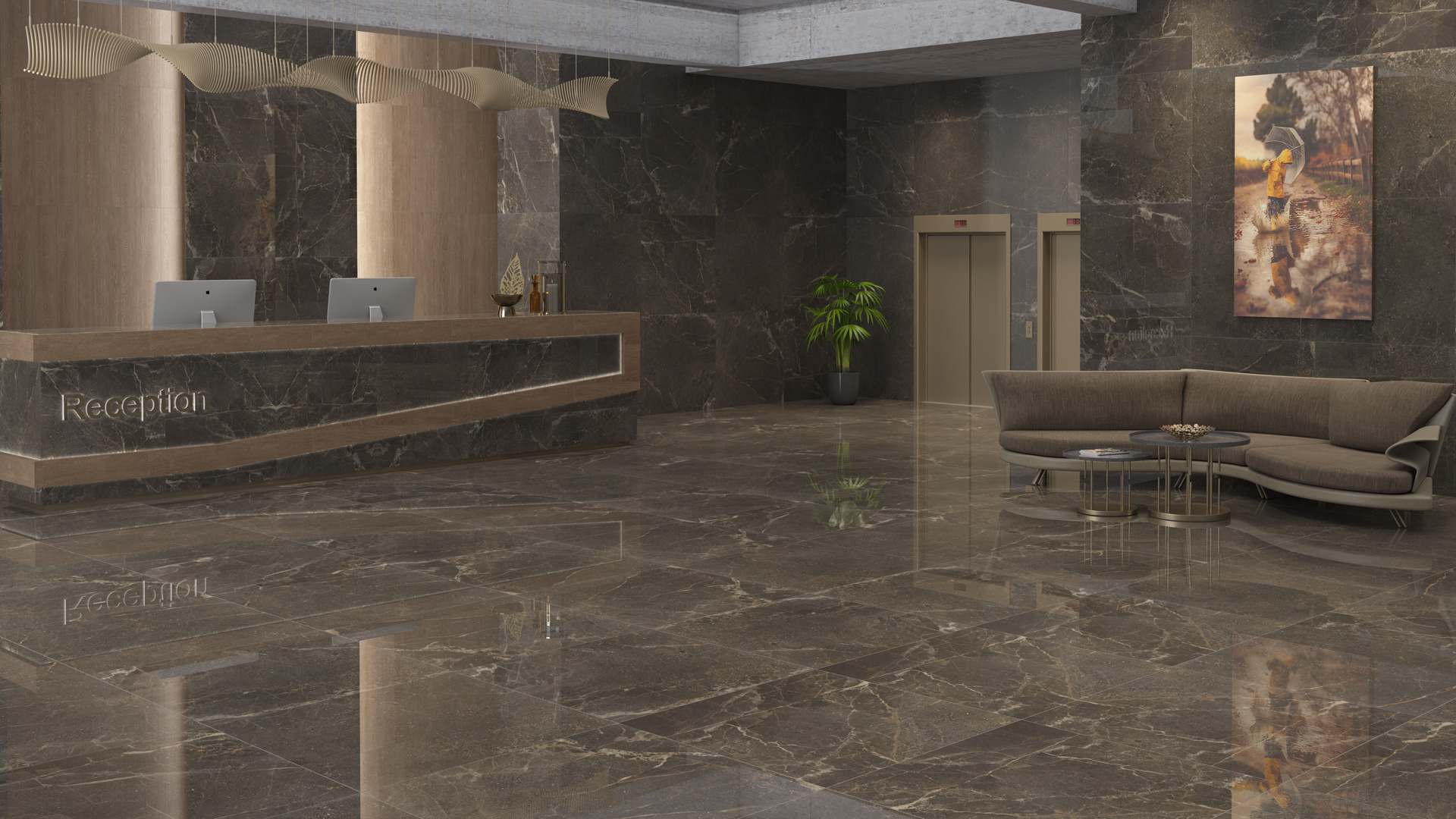Factors that affect the creep of porcelain tiles should be related to the microstructure of the tile. The porosity of the body is usually round and consists of the decomposition of specific impurities. The origin of the microcracks varies, although they occur specifically as a result of a mismatch between the remaining quartz particles and the glass matrix and the connections of the spray dryer powder granules that did not deform during complete pressing.
Creep is very high in porcelain tile pieces due to the growth of microcracks in the tile when the tile is exposed to tensile stress. Therefore, the factors that cause these micro-cracks determine the creep in this type of tile. Thus, increasing the amount of quartz, such as particle size, creates microstructures with more microtracks, which is likely to increase the creep of the tile. This can also happen when the composition is not finely chopped.
The effect of dry coloring on creep is that the piece creeps over time, which is very fast at first and is fixed over time. The pigmented part has a significant stress from the non-pigmented part, which indicates that the pressure deformation capacity for the colored parts is much higher.
The colored piece has more creep, which can be related to the microstructure of this type of tile, where the pigment particles are concentrated in certain areas of the piece.
These areas can act as microcracks when more pigments are used, the growth of which under certain stresses can cause more creep. Of course, there are color models that do not show any delayed warping. However, despite the asymmetric residual stresses in the tiles, and other equal factors, the tiles that show the greatest creep are more likely to show their warping with Times change.
Examining the changes in warping over time for glazed porcelain tiles, it was observed that when the minimum warping of a glazed piece is observed (24 hours, 0.37 mm) is practically the time when the maximum warping is detected in unglazed tiles (23 hours, 1.02 mm) is synchronous. This behavior may be due to the different expansion rates between the top and back surfaces of the tile, since the tiles are baked in the same kiln cycle and therefore the residual stresses due to cooling should be similar. The same behavior has been observed in uncoated porcelain tile pieces, which seems to indicate the enormous effect of glaze on changes in warping over time.
The cooling stage in industrial roller furnaces has initial rapid cooling by blowing air into the furnace. This type of cooling creates a high temperature gradient between the surface and the inside of the tile, which leads to residual stresses that can cause delayed warping.
In symmetrical cooling (vertical piece) both sides of the piece are cooled equally.
In asymmetric cooling (the piece is placed horizontally on a refractory board) in this case, the cooling is mainly done from above. In both cases, the two surfaces of the part are subjected to compressive stress, while the inner part of the part is under pressure, which is the usual situation in ceramic materials. Cooling also has a significant effect on the stress diagram.
Thus, when the part is cooled equally on both surfaces (the part is cooled in a vertical position), the stress diagram is symmetrical, while the part is cooled in a horizontal position on the refractory slab (asymmetric cooling). Asymmetric displays. These results confirm the difference in the amount of cooling through the top and bottom of the part, which can lead to an asymmetric stress diagram.






